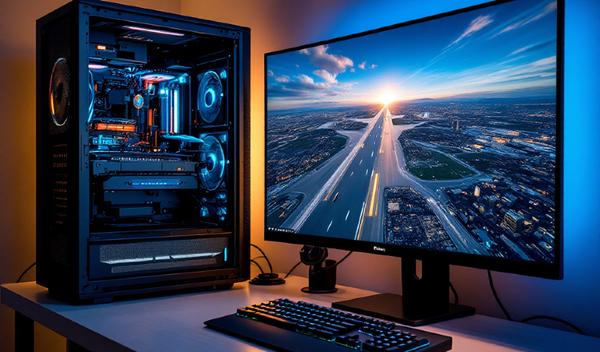C² finds worth sharing w/o 3/14/25
Interesting finds and research rabbit holes I went down this week
Welcome to another edition of C² Finds Worth Sharing—where my calculated curiosity leads to an assortment of internet gems that demanded my attention this week. Each link represents either a purposeful dive or an accidental tumble down a rabbit hole that proved too fascinating to keep to myself. Some sparked new ideas, others answered long-standing questions, and a few simply made me stop and think, "Well, that's interesting." As always, I've done the wandering so you don't have to (though I highly recommend following any threads that catch your eye). Here's what captured my curiosity this week:
- Using smartphones strapped to subway cars coupled with AI to detect subway track defects to 92% accuracy by analyzing sounds and vibrations: Link
- In the race of camera phone quality and zoom, larger phone camera sensors can actually make up for reduced optical zoom (at the cost of over sharpening): Link
- Mercedes new CLA EV was announced with up to 492 miles (WLTP) of driving range and is based on an 800V architecture which can add over 200 miles of range in as little as 10 minutes: Link. And, they're putting a 2 speed transmission on the rear motor to increase efficiency at freeway speeds without sacrificing low-end torque: Link
- Are we nearing the end of LLMs? If the government doesn't protect AI companies, all of the copywritten training content may need to be removed from their databases, rendering them essentially useless: Link
- Rowing and running are both great for cardiovascular health but affect our bodies differently. Rowing was found to strengthen parts of the heart muscle while running generates more dramatic blood flow dynamics, leading to increased arterial elasticity and better blood pressure control: Link
- AI coding assistants are already turning against us and telling our lazy selves to do the work (ourselves): Link
- Our eyes can't perceive pinpoint light sources (why do stars not appear as a dot in the sky without a halo?). So the theory of localized dimming for TV backlights versus OLED illuminating only the pixels that need to be illuminated isn't as important as I thought. Our eyes will still perceive a halo around light sources (even individual OLED pixels) even if it doesn't exist. Sony's taking advantage of this theory with RGB Mini LED backlit panels: Link




